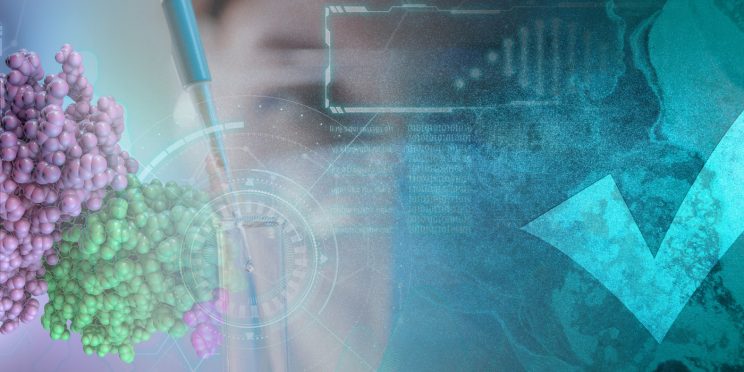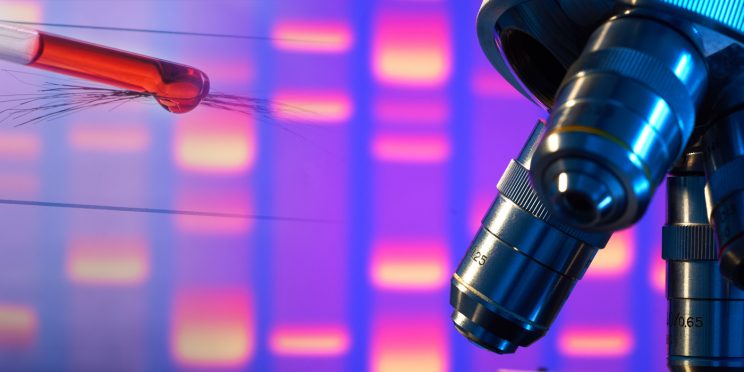← Back to Just Science Podcast
Original Release Date: June 6, 2019
In episode four of our 2019 NIJ R&D season, Just Science interviews Dr. Suzanne Bell, Professor and Chair of the Department of Forensic and Investigative Science at West Virginia University, to discuss a method for consistent single-shot detection of organic and inorganic gunshot residue.
Smaller crime labs often face a lack of resources and don’t have the funds for the most current equipment used in the detection of gunshot residue. With that in mind, Dr. Bell and her team have created a way to detect GSR using a machine already found in most toxicology departments: a liquid chromatography mass spectrometer. Listen along as she discusses a method for using LC/MS to detect organic and inorganic gunshot residues from the same sample in this episode of Just Science.
This episode of Just Science is funded by the National Institute of Justice’s Forensic Technology Center of Excellence [Award 2016-MU-BX-K110].
Related Resources
Guest Biography
Dr. Suzanne Bell is a professor and chair of the Department of Forensic and Investigative Sciences at West Virginia University. She served on the National Commission on Forensic Science (NCFS) from 2014 to 2017. In addition, she has served on the Scientific Working Groups for Seized Drug Analysis and Gunshot Residue, the Forensic Science Education Program Accreditation Commission, and the Organization of Scientific Area Committees subcommittee on GSR. She teaches forensic chemistry and toxicology courses and mentors students at the bachelor, master’s, and doctoral level. She has published numerous papers in internationally recognized peer-reviewed journals and is the associate editor for chemistry for the Journal of Forensic Sciences. She collaborates with forensic scientists and practitioners in the United States, Europe, and Brazil and did a sabbatical at the National Institutes of Standards and Technology in 2015. She is the author of two editions of the textbook Forensic Chemistry (Pearson/Prentice Hall), Introduction to Microscopy (CRC Press), and the 4th and 5th editions of the comprehensive introductory text Forensic Science: An Introduction to Scientific and Investigative Techniques (CRC Press). She gives invited lectures and teaches workshops on estimation of uncertainty in forensic science at conferences and for state and local forensic science laboratories. Her current research projects relate to the toxicity of synthetic cannabinoids and new approaches to firearms discharge residue.
The opinions, findings, and conclusions or recommendations expressed in this podcast episode are those of the presenter(s) and do not necessarily reflect those of the U.S. Department of Justice.
Contact us at ForensicCOE@rti.org with any questions and subscribe to our newsletter for notifications.




